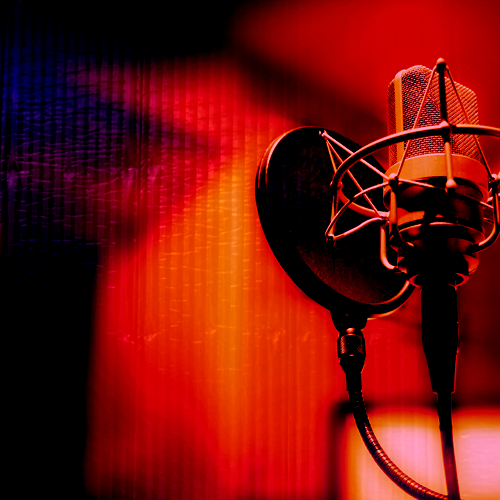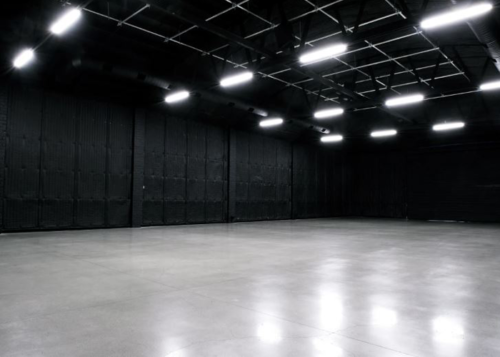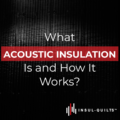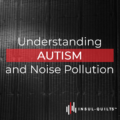Two primary acoustic parameters for optimal acoustics
There are two primary acoustic parameters for optimal acoustics: reverberation time and level of intelligibility. In this blog post, we’ll discuss how to achieve optimal reverberation time and levels of intelligibility for your filming or recording studio.
What is Reverberation Time?
What is reverberation time? Reverberation time is the amount of time it takes for sound to decay in a room. The sound takes longer to decay in a room because it has a long reverberation time. This can be good for recording music because it can give the music a “big” sound. However, it can also be bad for recording dialogue because it can make the dialogue sound echo-y and challenging to understand.
The best way to achieve an optimal reverberation time is to measure the RT60 of the room. RT60 is the amount of time it takes for sound to decay by 60 decibels. To measure RT60, a sound level meter will be used by the acoustical engineer or yourself. First, turn on the pink noise generator and set it to 60 decibels. Then, hold the sound level meter at the ear level and slowly walk around the room. When you find a spot where the sound level is 60 decibels, mark that spot on the floor. Repeat this process at least five times, so you have a good idea of the RT60 of the room. Once you know the RT60 of the room, you can adjust the sound level of your recordings accordingly.
It’s important to have the right level of reverberation in your studio. Too much reverberation can make it difficult to hear the dialog, while too little can make it sound flat. The room’s absorption coefficients control the level of reverberation. You’ll need to have an absorption coefficient of 0.4 or less to achieve the optimal reverberation time.
What is the Level of Intelligibility
What is the level of intelligibility? The level of intelligibility is also important to consider. This is the measure of how easily the dialog can be understood. The level of intelligibility is affected by the sound reflected off the walls. To achieve the optimal level of intelligibility, you’ll want to have a sound reflection coefficient of 0.25 or less.
There are several levels of intelligibility, each with its challenges. The first level is perfect intelligibility, where there is no background noise and all sounds are clear. This is often achieved in soundproofed rooms with good acoustics. The second level is imperfect intelligibility, where there is some background noise but all sounds are still audible. This is common in office environments and can be improved with soundproofing and good acoustics. The third level is poor intelligibility, where background noise makes it difficult to hear sounds. This is common in noisy environments such as factories and can be improved with soundproofing and good acoustics.
Soundproofing is also important to prevent outside noise from interfering with the room’s acoustics. Acoustics is the study of sound and its properties. The perfect levels of intelligibility can be achieved by taking into account all of these factors.
In general, shorter reverberation times are better for speech intelligibility, while longer reverberation times can be desirable for certain types of music. Reverberation time can be measured by using specific testing equipment and reduced by using sound absorbing materials such as Insul-Quilts .
One way to achieve this is to use acoustic or soundproofing blankets on the walls. The acoustic or soundproofing blankets are made of special materials that absorb sound, such as specific density sound fiberglass. By placing acoustic or soundproofing blankets on the walls, you can reduce the amount of sound reflected off the walls and improve intelligibility.
The Quilted Studio Blanket is an excellent solution for absorbing sound reflection and reverberant noise
The Quilted Studio Blanket is an excellent solution for absorbing sound reflection and reverberant noise. According to its purpose, the Quilted Studio Blanket is an excellent solution for absorbing sound reflection and reverberant noise in a Studio, building, or open room. Our blanket features more than 95% sound absorption, an R-Value = 9, contains 50% recyclable content and certified VOC compliance in California. The last feature to mention is that the Blankets reflect 97% of radiant heat which is excellent in keeping space cooler during the warmer seasons.
The Studio Blanket’s foil backing is excellent for installations where a semi-rigid surface is required. When the Quilted Studio Blanket is used as a ceiling baffle, it is an efficient and economical option to mitigate sound and echo problems in large spaces.
The Quilted Sound Blocker Blankets have both an NRC 95% (absorption), and STC 16 (blocking) rating as the blankets provide both blocking and sound absorbing qualities.
If you need more information about our products or help with your projects, call us, email us or visit our website.




